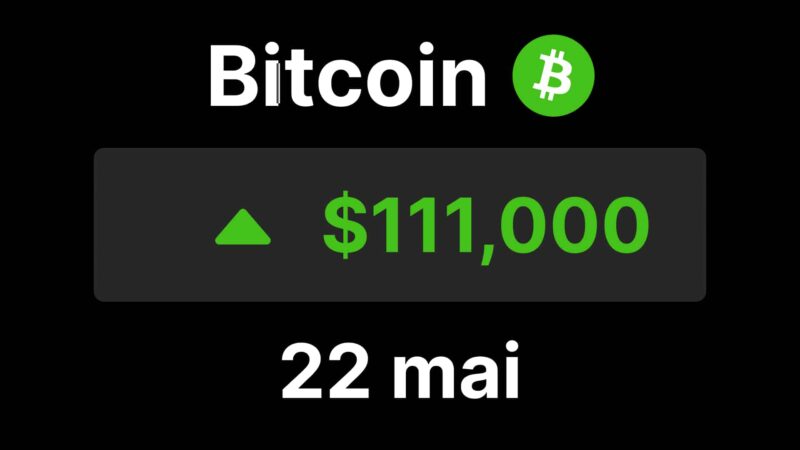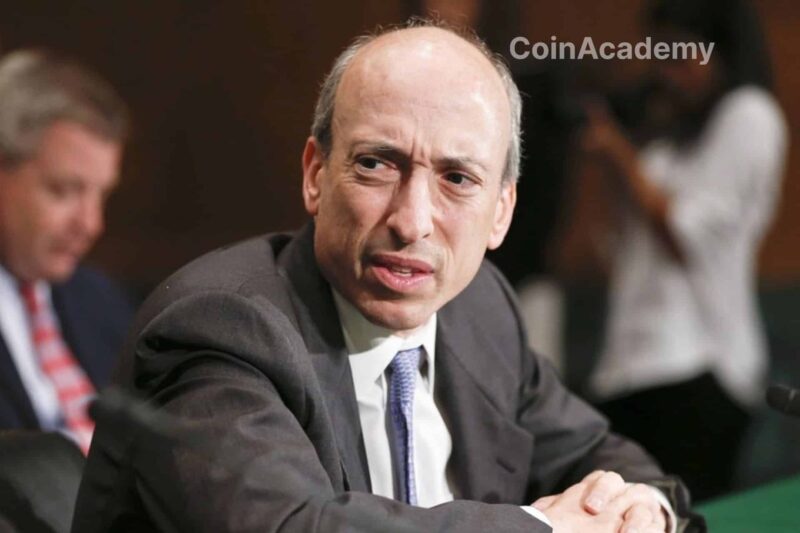Bitcoin Core Prepares to Remove the 83-Byte Limit on OP_RETURN, Allowing Up to 100,000 Bytes of Data in Transactions, A Revolution for On-Chain Use Cases like NFTs or Decentralized Identities.
This decision aligns the mempool rules with practices already tolerated by miners, giving power back to regular users and reducing opaque arrangements with validators.
The change divides the community: some welcome a move towards more openness, while others denounce the risk of spam, centralization, and overly locked governance of Bitcoin Core.
Une décision discrète, des conséquences majeures
For a long time, the limit, initially a subtle signal indicating that block space should be used sparingly for non-payment data proofs of publication, has outlived its usefulness.
It’s a line of code, but it could transform the way data is stored on Bitcoin. Bitcoin Core developers have approved a controversial change: the removal of the default 83-byte limit on OP_RETURN transactions.
Behind this dry number hides a crucial technical reality. OP_RETURN allows storing arbitrary data directly on the Bitcoin blockchain. Since 2014, this function was limited to prevent abuse. Now, the limit climbs to… 100,000 bytes. Practically unlimited.
This change will take effect in October with version 30 of Bitcoin Core, the reference software used by the majority of network nodes.
Pourquoi ça change la donne
Until now, developers were constrained. Use cases related to on-chain data (such as registrations, decentralized identifiers, ordinals, or certain NFTs) had to either bypass the limits or deal directly with miners, a practice that is non-transparent and centralizing.
By removing this limit, Bitcoin Core finally aligns its rules with reality: miners already accepted these “out-of-the-norm” data. The change aims to return control to regular users, those who go through the mempool, and discourage private arrangements with validators.
OP_RETURN remains optional and costly to use, a reasoned technical choice, according to its defenders.
Une communauté Bitcoin divisée et sous tension
The decision sparked heated debates. Some applaud: it would enhance resistance to censorship and reflects the network’s actual behavior. Others cry foul. Luke Dashjr, maintainer of Bitcoin Knots, lambastes the openness to more “spam”. Jimmy Song speaks of a “tattoo that will age poorly.” Parker Lewis, on the other hand, fears de facto centralization through the Core + mining pools duo.
And beyond the code, it’s Bitcoin Core’s governance that is being criticized: locked GitHub, deleted comments, excluded developers. The gap widens between those who want a versatile Bitcoin and those who advocate for a strictly financial, monolithic vision.
Vers un Bitcoin plus ouvert… ou plus fragile ?
Gloria Zhao, Bitcoin Core developer at Chaincode Labs, defends the update: it corrects an imbalance between the cost and utility of different data storage methods. In short: if OP_RETURN is less harmful than other non-prunable solutions, why continue to restrict it?
One technical truth remains: this change does not alter consensus rules. It does not impose anything on anyone. Everyone remains free to use alternative versions like Bitcoin Knots. But on the ground, the domino effect is initiated.
Bitcoin, espace de stockage en devenir ?
Away from the spotlight, this evolution could pave the way for new uses. Metadata, identities, proofs of existence, or even rudimentary games and applications. Without changing the nature of Bitcoin, the change could expand its uses, provided it does not compromise its robustness.
The debate is far from over. But one thing is certain: the Bitcoin Core of tomorrow accepts more data than yesterday. And that, for a technology supposed to lock everything up, is far from insignificant.




